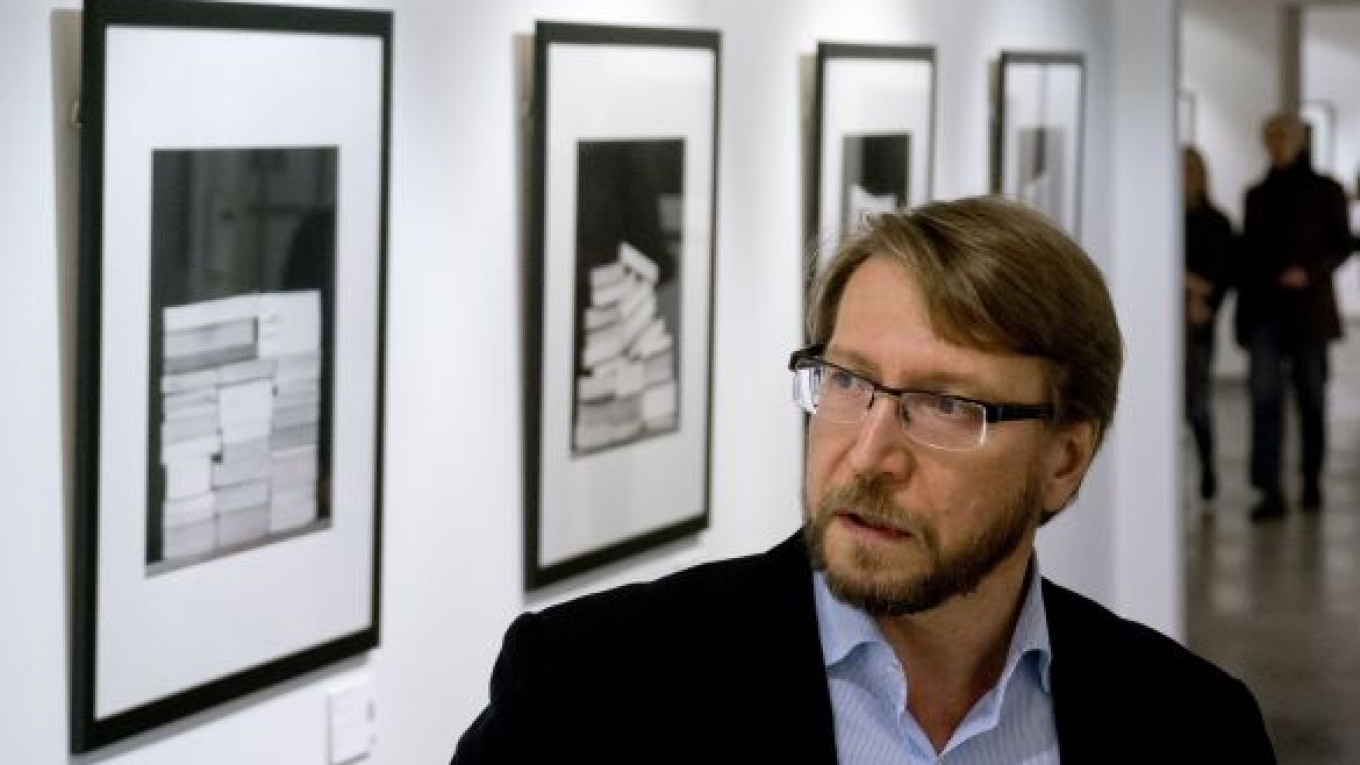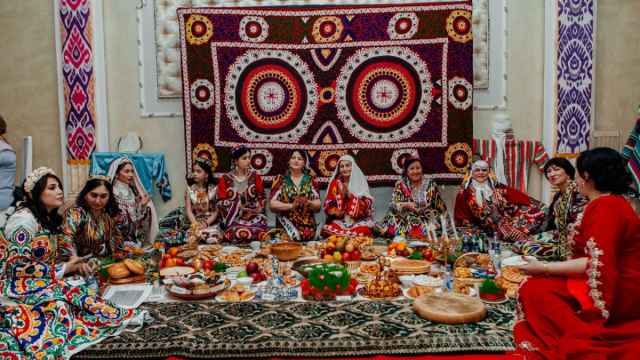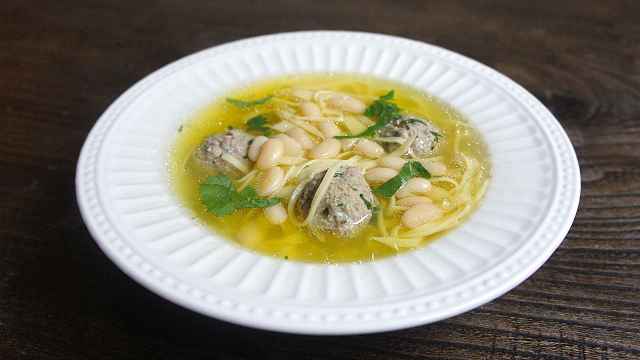Most people are not impressed by the towering presence of a loaf of bread. Likewise, most audiences aren't regularly struck by the vivid redness of a pill laying on a tabletop. Artistic photography to some necessitates breathtaking landscapes, dramatic poses or intense emotion captured on a subject's face. But Vadim Gushchin's new exhibition focuses exclusively on objects that you could've seen at home.
"The thing is that when I shoot, I use only my own things. It's a law for me. I'm not interested in subjects that you can find in some kind of department store. I'm interested in expressing myself," Gushchin said.
A retrospective at The Brother Lumiere Center of Photography, "Object, Function, Image," showcases a selection of Gushchin's work since the beginning of the millennium that takes everyday items as its focus.
The subjects of Gushchin's still lifes often sit directly in the middle of the photo and do not employ unconventional camera angles to add a sense of drama. "To me it seems that objects themselves already have the charge of mysticism to them," he told The Moscow Times at the exhibition's opening on Tuesday.
In one photo, a crooked nail curls towards the straight edge of a wooden board. A red jewelry box lays slightly ajar, revealing a white interior. In another, a stack of plastic forks stands upright against a black background.
Gushchin said that eliminating an object's normal surroundings and giving it prominence in the middle of a picture "turns it into something like a monument."
The idea of making viewers stare a little longer at objects that they once thought ordinary is nothing new to art, especially in Russia. The early-20th-century critic Viktor Shklovsky coined the term остранение (making strange) to describe such defamiliarization in literature, such as a scene in Tolstoy's War and Peace of an opera viewed through the eyes of a young girl.
But the concept is perhaps harder in photography, which takes concrete, visual reality as its subject and medium. However, at the same time as his work presents the same loaves of bread and stacks of books that viewers see constantly in their daily lives, Gushchin's work has a personal quality, which may stem from the fact that he views all of his object photographs as self-portraits.
One of the primary ways that the photographer expresses himself in "Object, Function, Image," is through his use of bold color combinations. The White Stripes-reminiscent whites, reds and blacks of a jewelry box laying slightly ajar or pills scattered across a table represent a new direction for his work.
Gushchin, who was born in Novosibirsk in 1963 and moved to Moscow for his studies, began working in the late 1980s, but the vast majority of his photos, including many in the exhibition, are in black and white.
The photographer noted that the switch to color helped make his photos more contemporary, saying "I hope that after some time people will look at my photographs and see 'that's how the 2010s were.'"
Contact the author at c.brennan@imedia.ru
A Message from The Moscow Times:
Dear readers,
We are facing unprecedented challenges. Russia's Prosecutor General's Office has designated The Moscow Times as an "undesirable" organization, criminalizing our work and putting our staff at risk of prosecution. This follows our earlier unjust labeling as a "foreign agent."
These actions are direct attempts to silence independent journalism in Russia. The authorities claim our work "discredits the decisions of the Russian leadership." We see things differently: we strive to provide accurate, unbiased reporting on Russia.
We, the journalists of The Moscow Times, refuse to be silenced. But to continue our work, we need your help.
Your support, no matter how small, makes a world of difference. If you can, please support us monthly starting from just $2. It's quick to set up, and every contribution makes a significant impact.
By supporting The Moscow Times, you're defending open, independent journalism in the face of repression. Thank you for standing with us.
Remind me later.






